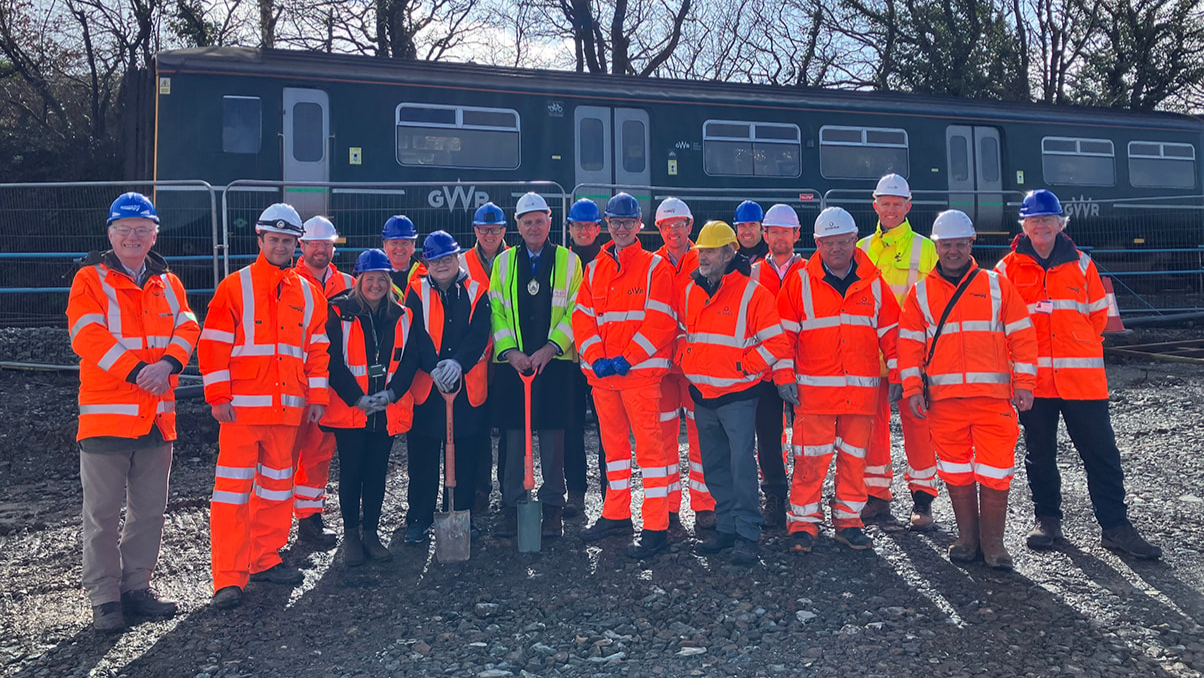‘Long-awaited’ infrastructure pipeline receives muted welcome from industry

Construction industry leaders have welcomed the publication of the government’s infrastructure pipeline but criticised it for lacking long-term clarity.
The pipeline, published by the Treasury and the Infrastructure and Projects Authority on Friday, sets out a projected £700bn of investment in UK infrastructure over the next decade.
It has been widely anticipated by the construction industry, with Construction Leadership Council (CLC) co-chair and Mace chairman and chief executive Mark Reynolds “putting pressure” on the chancellor to issue the document since November, and its publication was greeted positively.
“A long-term pipeline that gives industry certainty is something we have long called for – we hope [this] publication is a statement of intent that this and future Governments will build on,” said Steve Beechey, group public Sector director at Wates.
Alasdair Reisner, chief executive of the Civil Engineering Contractors Association (CECA), added: “One of the biggest issues currently facing contractors is a lack of certainty about future investment in infrastructure, driven by changing policy and tightening finances for clients.
“As such, we welcome today’s publication of the Infrastructure & Construction Pipeline, providing clarity on what is – and what isn’t – likely to feature in the industry’s order books in the coming years.”
Richard Robinson, UK & Ireland president at AtkinsRéalis, said it would provide “a welcome view of planned investment in the short term but a rather uncertain picture of project investment” over the next 10 years.
“Whilst longer term uncertainty is somewhat inevitable, the known scale of infrastructure transformation required in the coming decades is not currently represented in the pipeline,” said Robinson, who is also deputy chair of the CLC.
“Our industry now has a responsibility to demonstrate that we can deliver planned infrastructure programmes as efficiently as possible to increase productivity, boost investor confidence, and deliver growth across the UK’s regions, alongside the skills and jobs required to achieve this.
>> Building the Future Commission report: The long-term plan for construction
>> We are boxed in by bonds and the chancellor’s promises
“This means working collaboratively across the supply chain, accelerating the rate of digital adoption and focusing on collective outcomes to deliver on sustainability targets and to reaffirm that UK infrastructure across all elements is an attractive option for the private sector investment that will bolster future iterations of this pipeline.”
But CECA’s Reisner said the pipeline did not “provide all the detail needed” for the future, although said it was “one tool that helps build certainty at a time when there has been significant change and ambiguity”.
Simon Rawlinson, partner at Arcadis, told Building that the pipeline document would help contractors and others to build a target list of what they might bid for but admitted that while this pipeline was “a much more detailed piece of work than the last one”, it may be of limited use.
“Government spending plans are subject to quite a lot of uncertainty,” he said, adding that by next year “we could have another government that might have different priorities”.
He said there was a “very variable” picture across different procuring departments, with some providing incredibly granular contract-level detail, and others issuing very broad-brush line items.
“We have to treat these documents as a snapshot,” he said. “It gives you a reasonable amount of certainty subject to events.”
Related
Major military infrastructure upgrade completed at Leuchars
Upgraded facilities have been delivered for The Royal Scots Dragoon Guards and 2nd Battalion Royal Electrical and Mechanical Engineers, including refurbished o
UK public EV charge points surpass 75,000 as infrastructure booms
The UK’s electric vehicle (EV) charging infrastructure has hit a significant milestone, with the number of public charge points surpassing 75,000. According t
Infrastructure firm strengthens UK presence with Brierley Hill warehouse |…
National infrastructure service provider MJ Quinn has secured a newly refurbished industrial site in Brierley Hill as part of its ongoing UK ex
UK: Work Begins on New Railway Station in Okehampton
Initial work has begun to build a new railway station in Okehampton, Devon. The new 15 million GBP station, named Okehampton Interchange, will connect We













